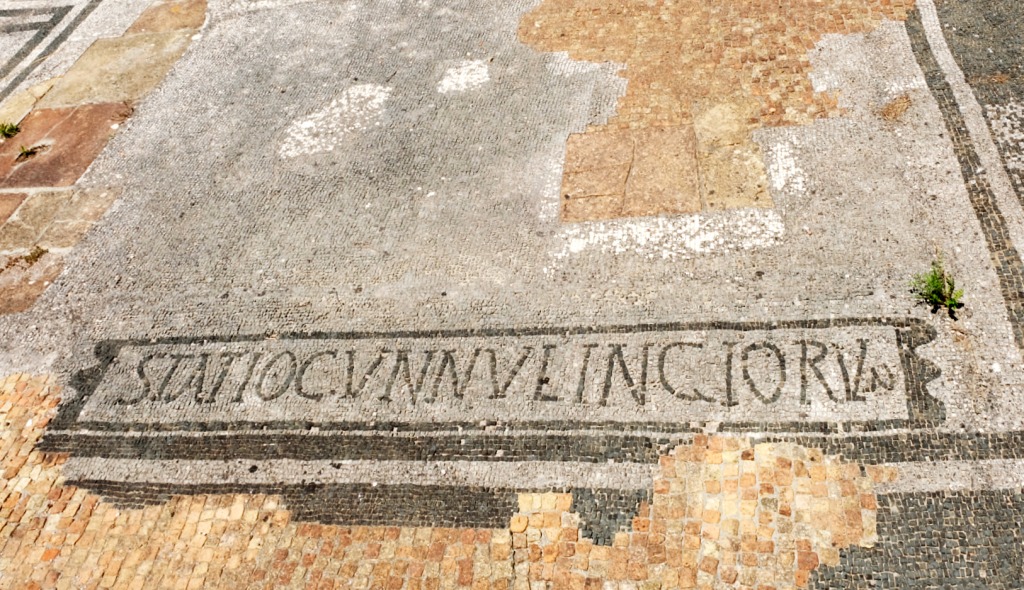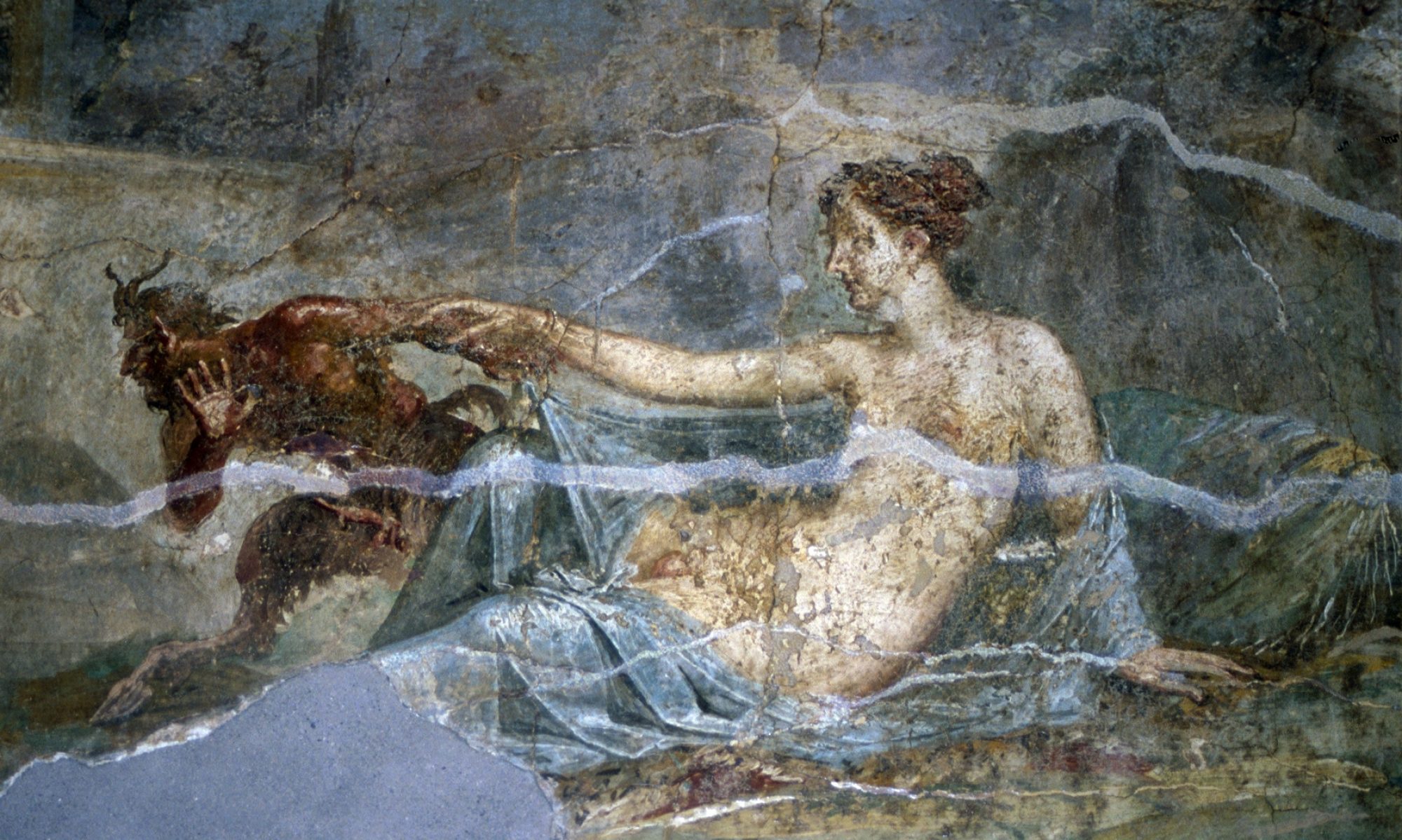
“Look into my eyes…”
Said by every stereotypical hypnotist, and repeated by every meme and song riffing on hypnotic powers
The power of the gaze in our own cultures is rooted in every day language and gestures. Besides those above think about how we say things like ‘Big brother is watching’, ‘You must have eyes in the back of your head’ and likewise we verbalize and visualize the power of invisibility or disappearing, and laugh about it being done badly.


All of this is that you already have some relevant experience and understanding that directly relates to theoretical academic discussions of the power of “the Gaze“. That theoretical (and often metaphorical) discussion of the gaze has informed both directly and indirectly how scholars today interpret ancient art and seek to reconstruct the conditions in which it was originally viewed and by whom and to what effect.
I highly recommend that you begin this unit by watching the Zoom lecture posted on BB. In it I talk through some aspects of the gaze and spend most of the time situating the discussion on the Roman garden and how the sexually charged gaze could be used to both titillate, but also convey moralizing messages about the normative behavior of elite citizen males. This goal of the lecture is help prepare you to read the article (link below) about sexually explicit imagery in the Roman domestic space.
However one of other key elements touched on in that lecture is the connection between images of the phallus and the evil eye in ancient thought. To the Romans the evil eye was associated with invidia, some times translated as envy or jealousy, but it is made up of the preposition in- (against) and the verb videre (to see). In short the phallus is one of the most common (if not THE most common) apotropaic symbols in the ancient Mediterranean.
“If we hold these beliefs, we should also believe that the right course, on the arrival of a stranger, or if a sleeping baby is looked at, is for the nurse to spit three times at her charge. And yet the baby is further under the divine protection of Fascinus (the Divine Phallus), guardian not only of babies but of generals, a deity whose worship, part of the Roman religion, is entrusted to the Vestals; hanging under the chariots of generals at their triumphs he defends them as a physician from jealousy, and the similar physic of the tongue bids them look back, so that at the back Fortune, destroyer of fame, may be won over.”
Pliny the Elder (a Roman Senator who died in the eruption of Pompeii), Natural Histories 28.7
[Yes, Fascinus (the Divine Phallus) shares an etymology with our word ‘fascinate’, both derive from the verb fascinare which can mean more generally to enchant, bewitch, or charm. ]

Laughter could also be considered apotropaic so many, though not all, fascina (fascinum, singular) were made to be comical often turning the phallus into a bird or beast and giving it a personality and action of its own or have the phallus attached to a figure of derision (often a disabled person or someone of a servile status or with dark skin).




The above images are also supposed to provoke laughter and again in the Baths. As Professor Lynne Lancaster posted on Twitter: “Baths of Tricrinaria Ostia. Mosaic inscription: STATIO (station) CVNNVLINGIORVM. Not considered a manly activity–joke is on guy who reads inscription after sitting on bench.” The laughter thus provoked protects the bathers (nude and vulnerable) from the evil eye.
Still interested? More Evil Eye images can be found on my blog and my colleague Sarah Bond has a great post about invidia. There is also a supplemental page on this website of images of Roman phallic representations.
Link to Reading for Annotation
Images to Supplement the Reading





Whoever loves, let him flourish.
Let him perish who knows not love.
Let him perish twice over whoever forbids love.
See Cooley, A. and M.G.L., 2004. Pompeii: A Sourcebook. London: Routledge. (p.73)” This poem would thus have been in dialogue with the above painting. Source

I highly recommend looking at all the pictures of what Clarke Calls Room 43 and this website calls 40. The detail of the bedroom is amazing.



















Additional examples of the gaze

